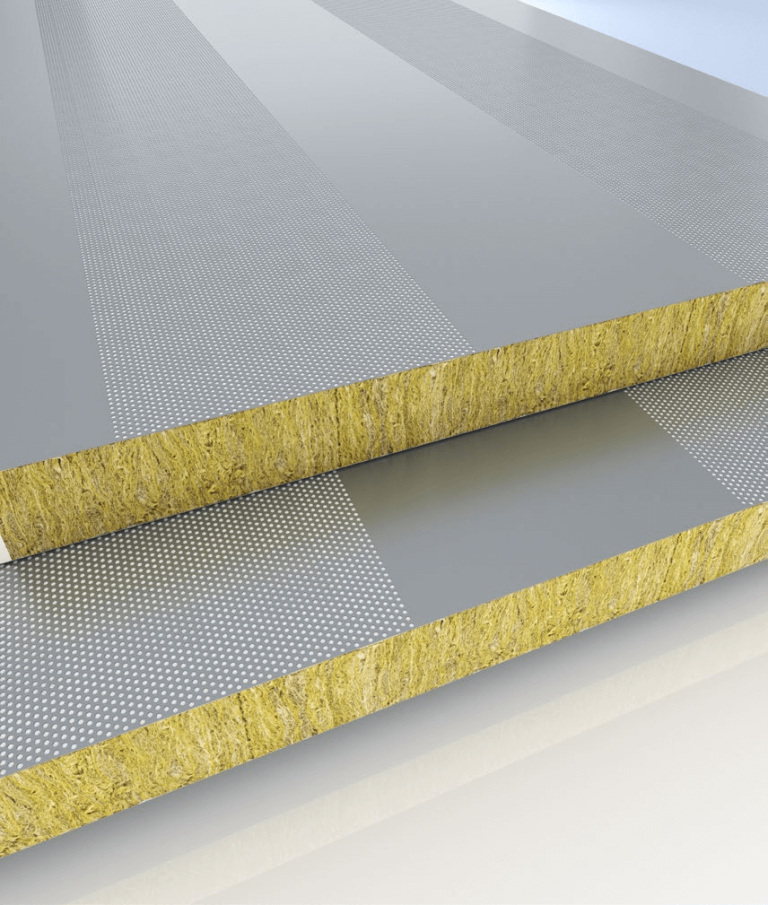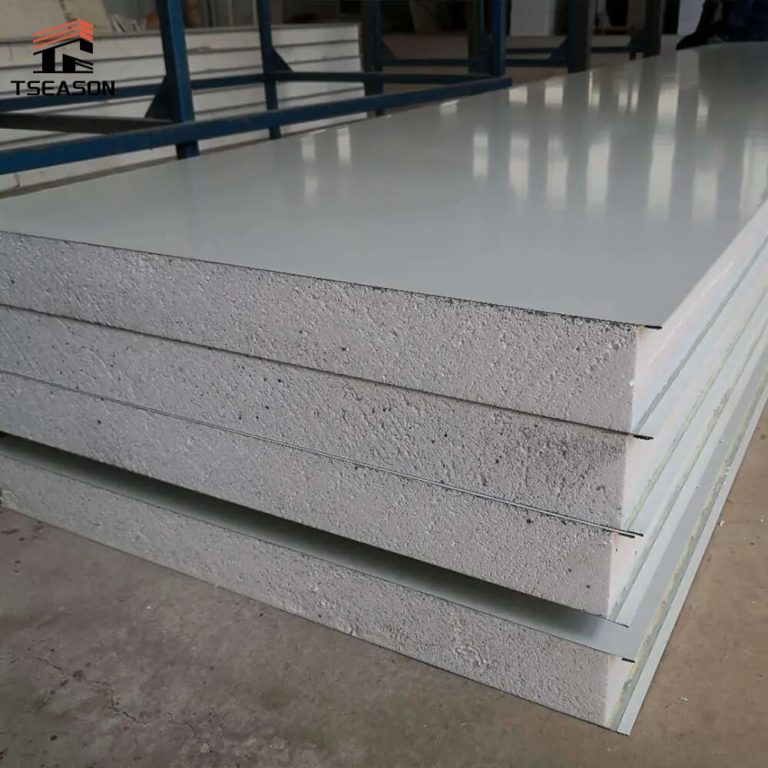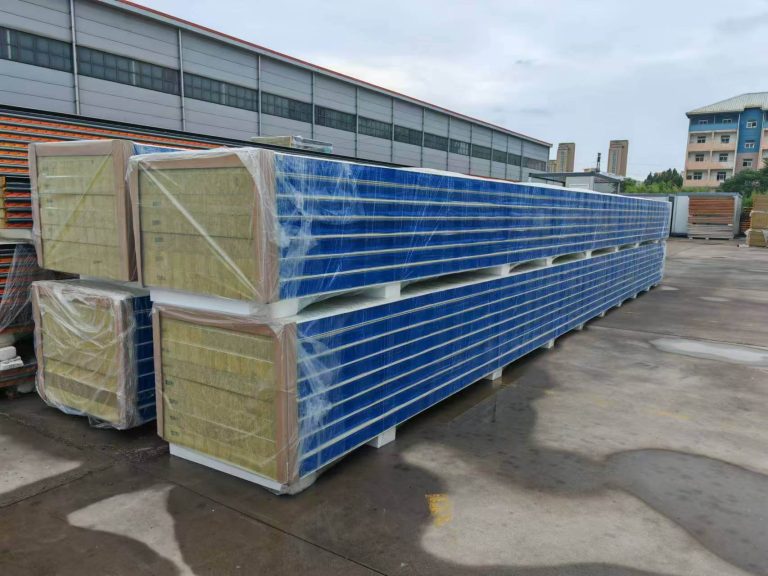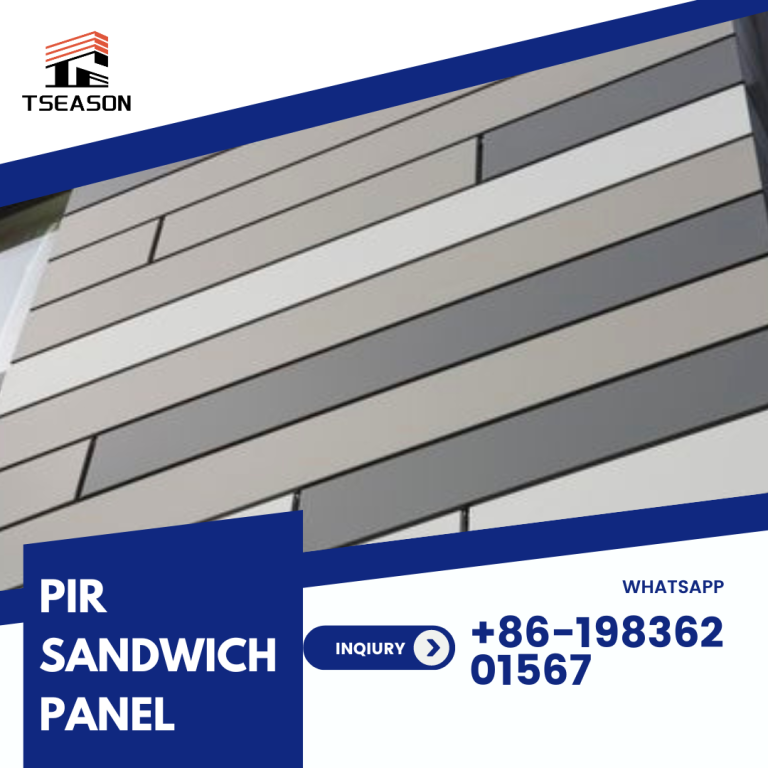Container house: Breaking Down the Pros and Cons
Article Catalog
1. What is a container house
2. What are the applications of container house?
3. What are the advantages and disadvantages of container house?

1. What is a container house?
Container house, also known as containerized house, flat packing house, or modular house, is a new type of construction; its development history is short, the last decade or so before widely into our vision.
This type of housing usually has two kinds of production and processing technology: one is directly transformed from shipping containers; the other is in the production factory through the structural design by the dimensions of the container, which do an excellent job of the top and bottom, through the top and bottom of the columns with high-quality load-bearing capacity will be connected to form a framework, and then by the color steel sandwich panels to do the combination of the wall and become.
Early container housing construction technology is rudimentary; generally, first, it is difficult to pass the national certification building code. At the same time, this type of building can only belong to the temporary building, short term, more than the period need to be dismantled or relocated, so most of the projects can only be limited to the function of the site accommodation, office or exhibition hall use.
However, with time, container house construction technology began to mature. Container houses are also widely used because of their advantages of easy erection, cheap cost, and increasingly comfortable internal environment, and the volume of market applications and application places is rising. Now, our most common is generally the second.
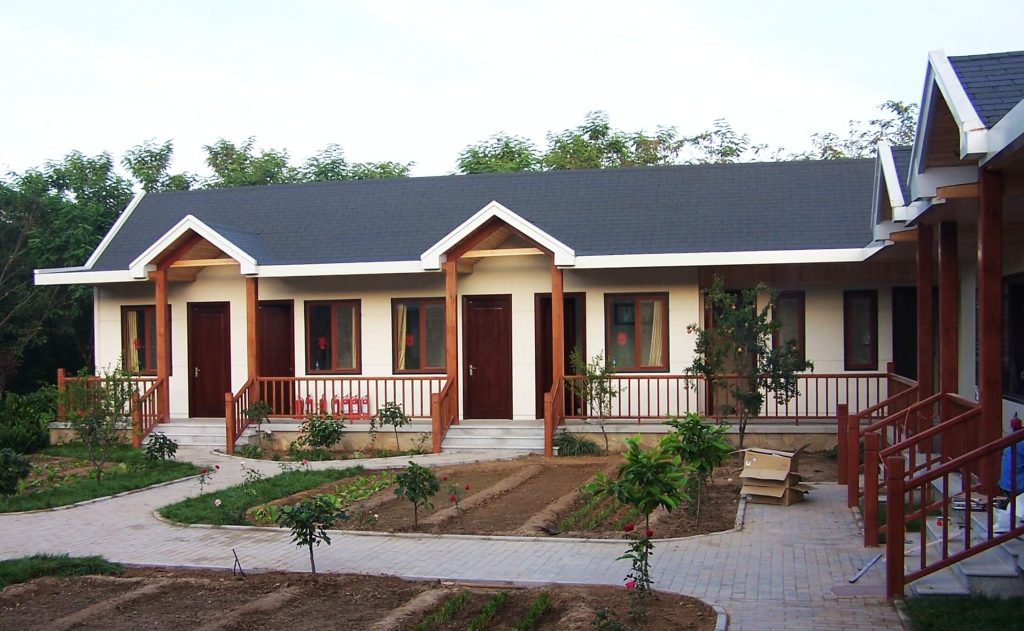
2. What are the application places of container houses?
- Temporary accommodation, such as in construction sites, open-air music festivals, camping, and other activities to provide accommodation;
- Site offices, providing temporary office space for construction teams and project management staff;
- Commercial display and sales spaces, e.g., temporary stores, exhibition halls, cafes, etc;
- Education and training spaces, e.g., temporary schools, training centers, libraries, etc;
- Food and beverage venues, e.g., temporary restaurants, coffee shops, fast food outlets, etc;
- Hotels and B&Bs;
- Accommodation facilities in resorts and campgrounds;
- Temporary medical facilities, e.g., medical stations, first aid centers, etc;
- Agricultural and farming facilities, e.g., temporary farms, greenhouses, breeding farms, etc.
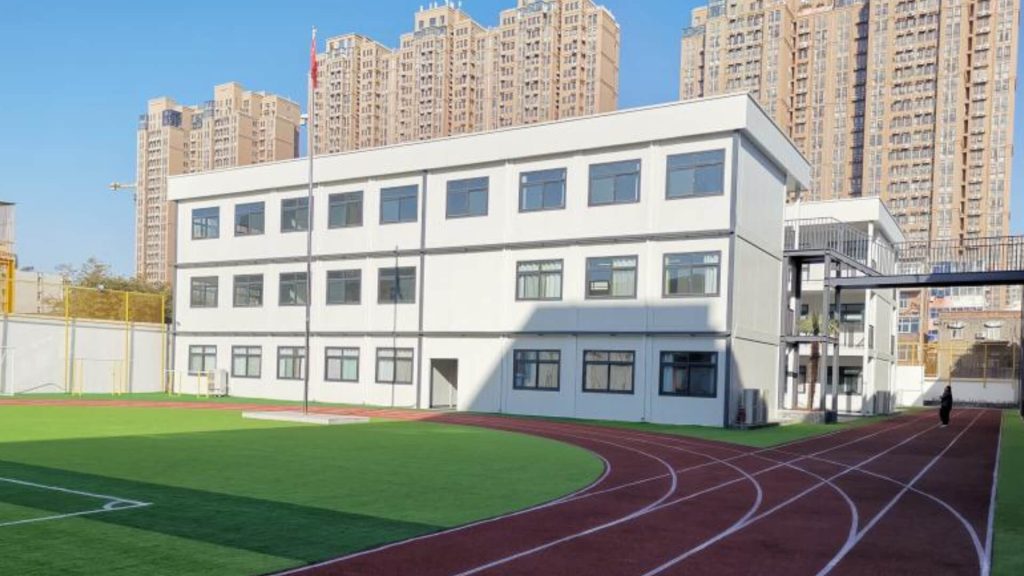
3. What are the advantages and disadvantages of container housing
The advantages of container housing mainly include:
- Rapid construction: using standardized design and production methods to simplify construction and quickly meet housing needs.
- Low carbon and environmental protection: low carbon housing factory pre-set, site construction "0" pollution. At the same time, the container housing can be reused through secondary decoration or disassembled combination, extending the service life and avoiding the waste of resources.
- High flexibility: Container houses can be combined and remodeled according to the demand, like Lego, adapting to different construction scenes.
- High strength: designed with a steel structure, it has high strength and durability, which can withstand harsh weather conditions and natural disasters, making it maintain a long service life in different environments.
- High mobility: it can be easily moved from one place to another, making it ideal for temporary housing, mobile offices, or areas that require frequent relocation.
- Creative space: the design is flexible and can be customized according to individual needs to meet different aesthetic and functional requirements.
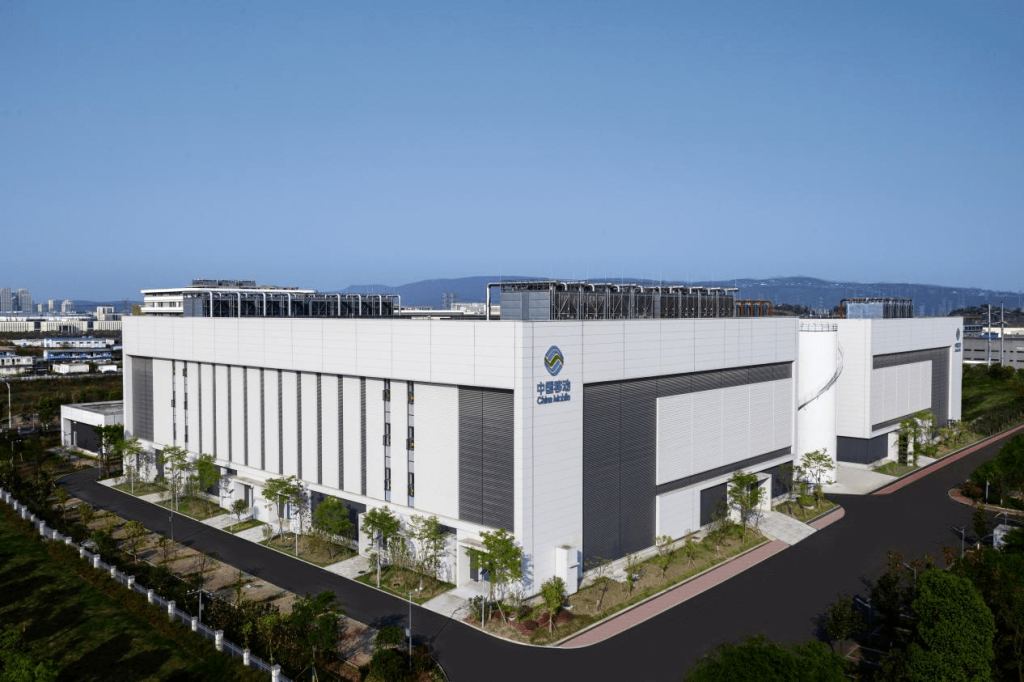
Of course, there are some disadvantages of containerized housing:
- Thermal insulation and heat preservation problems: due to differences in the materials used in the products, low-end products (less than $1,000) of thermal insulation performance can not be guaranteed; if you want to get a better thermal insulation effect, you need to choose a quality-assured manufacturers product prices are usually about three times the price of low-end products.
- Sound insulation problems: sound insulation performance may be poor because the sound transmission effect of metal materials is relatively good. This may require additional soundproofing to minimize noise interference.

